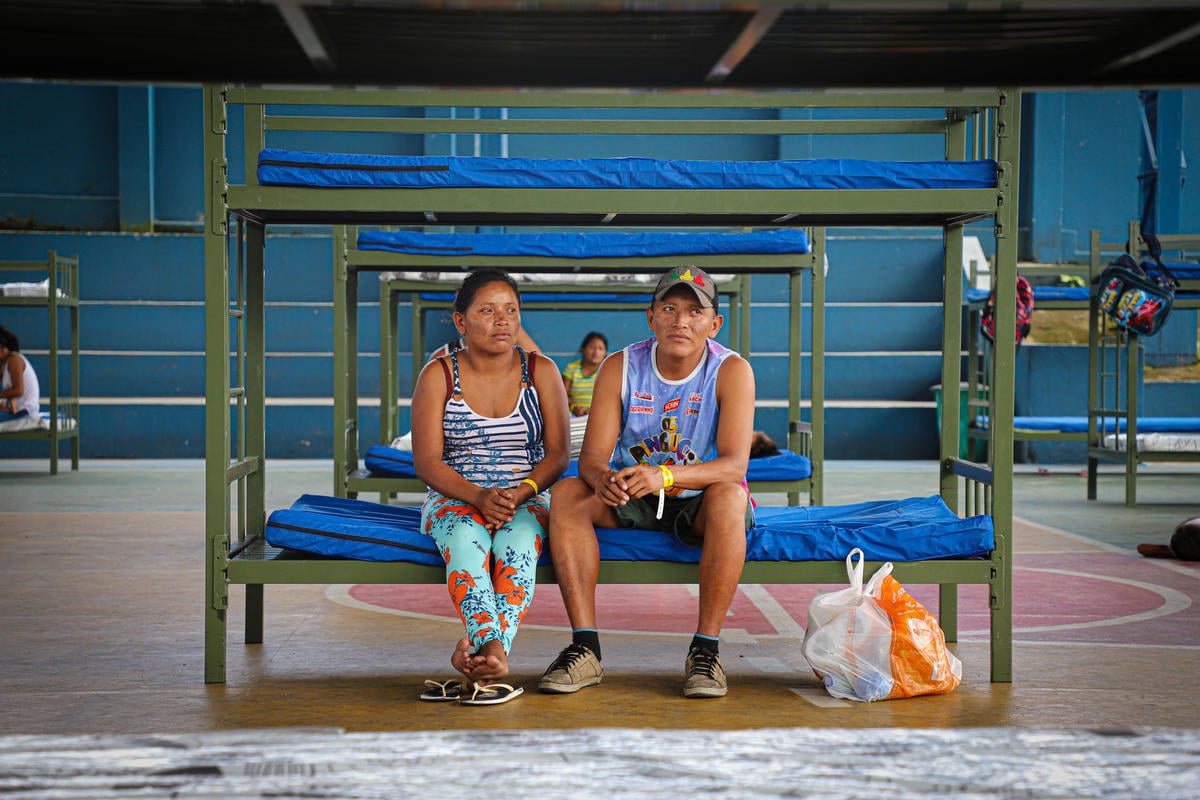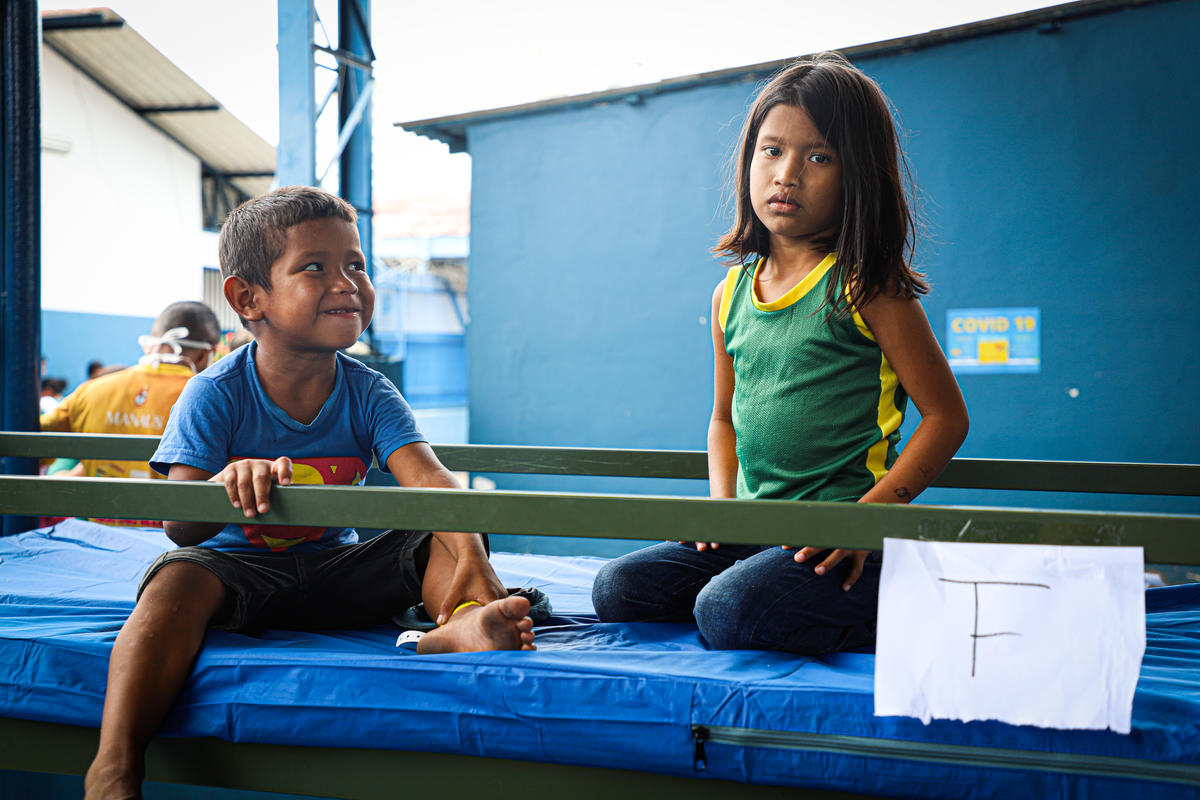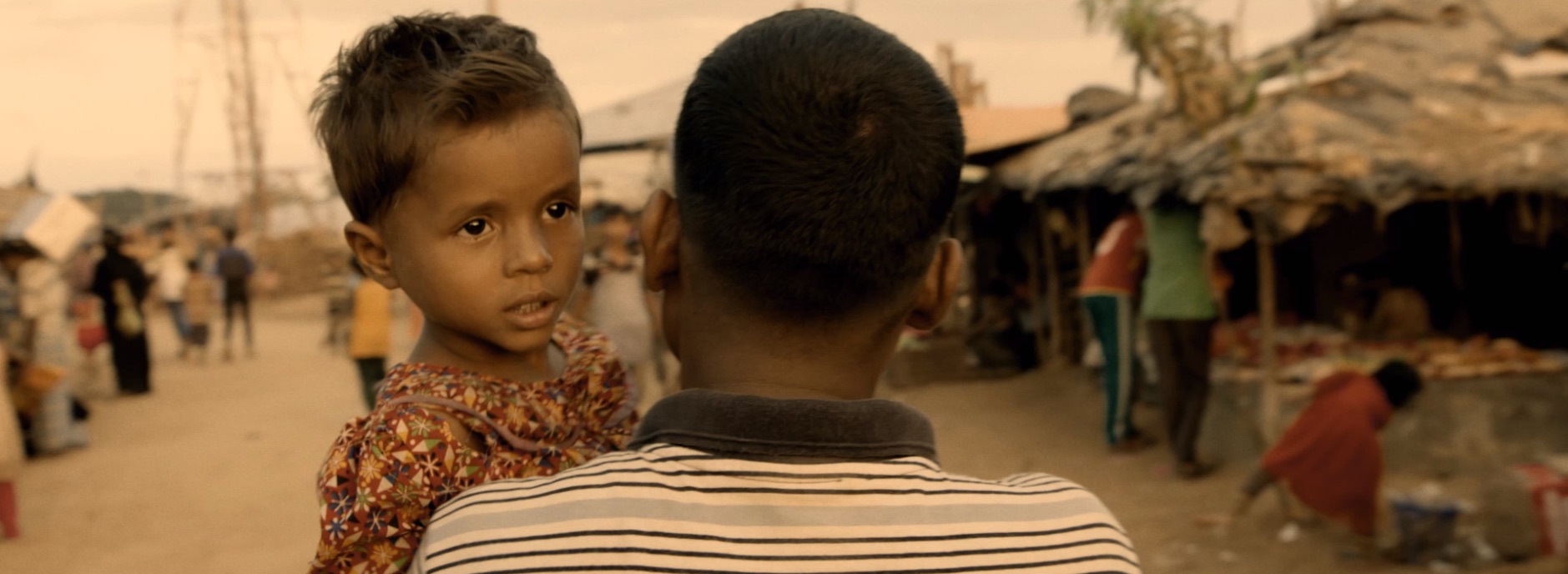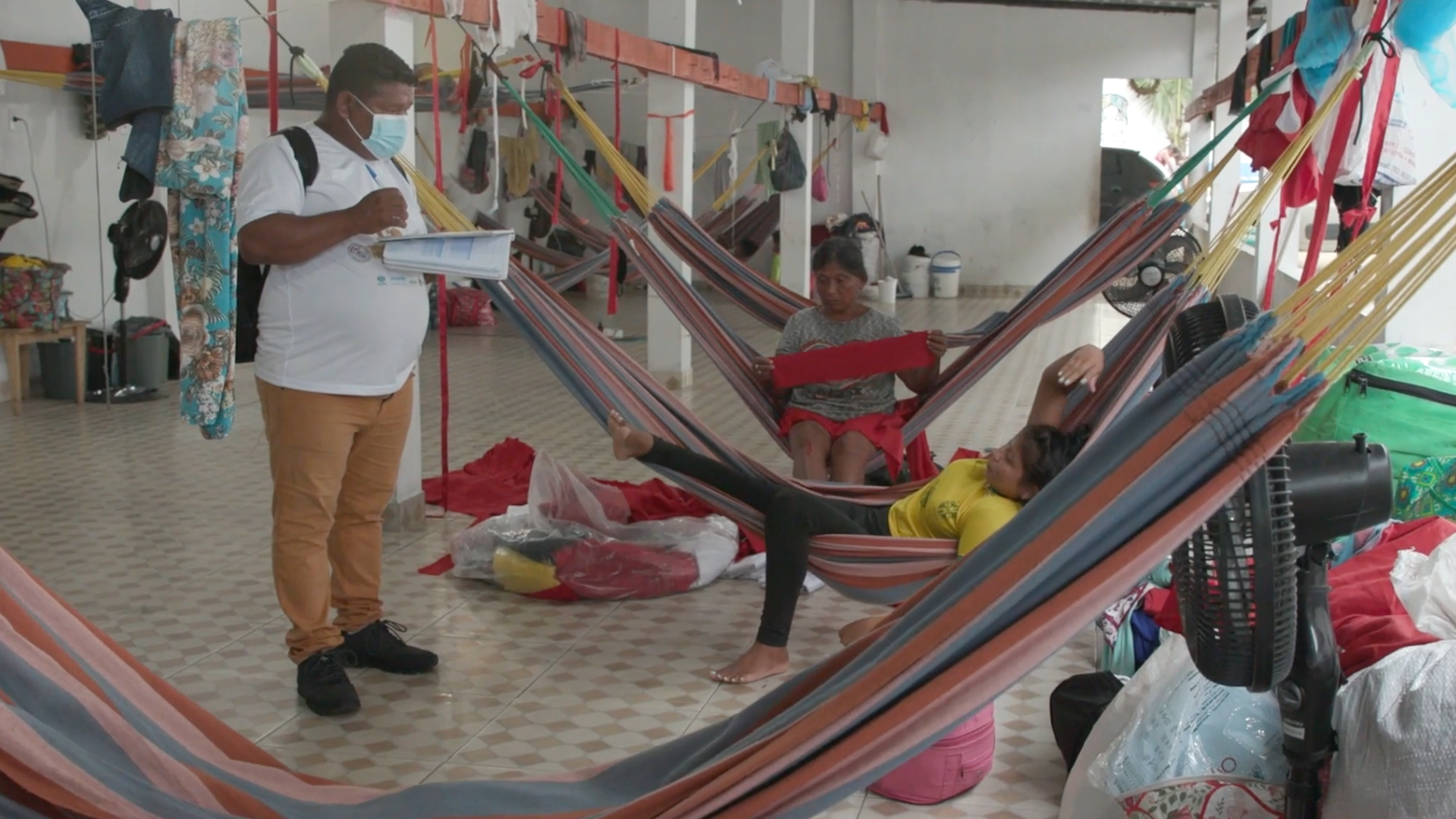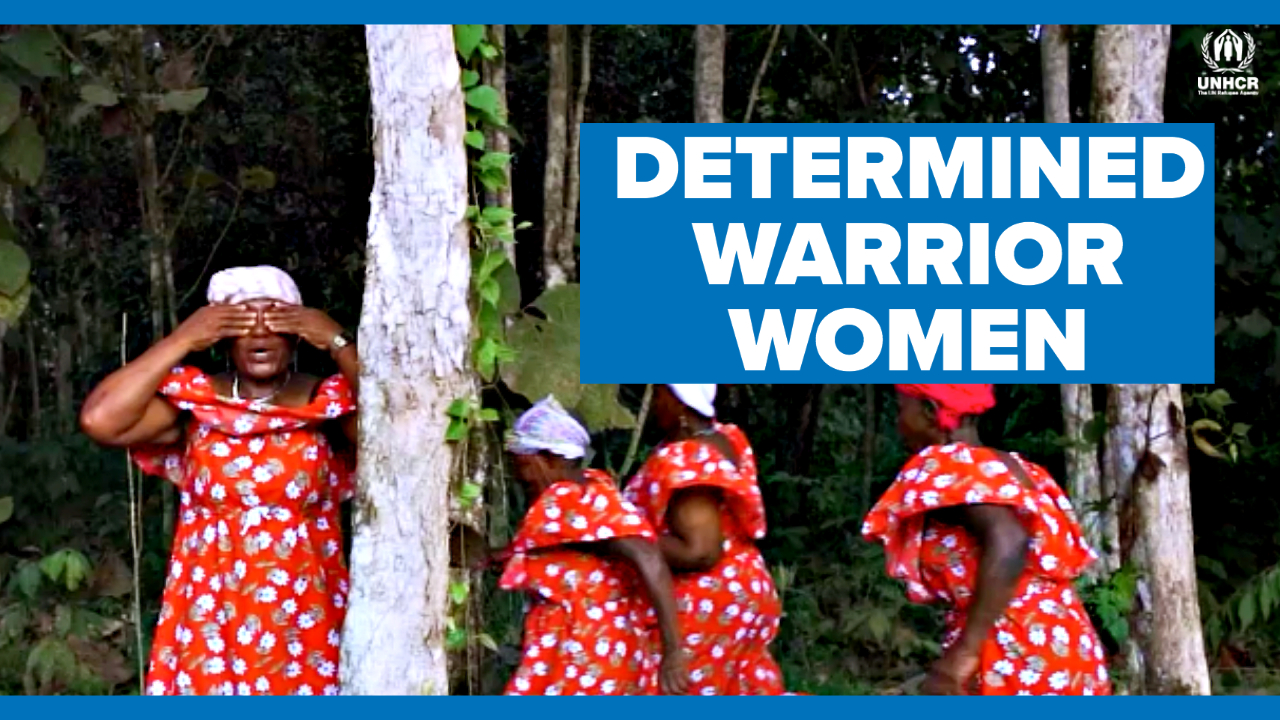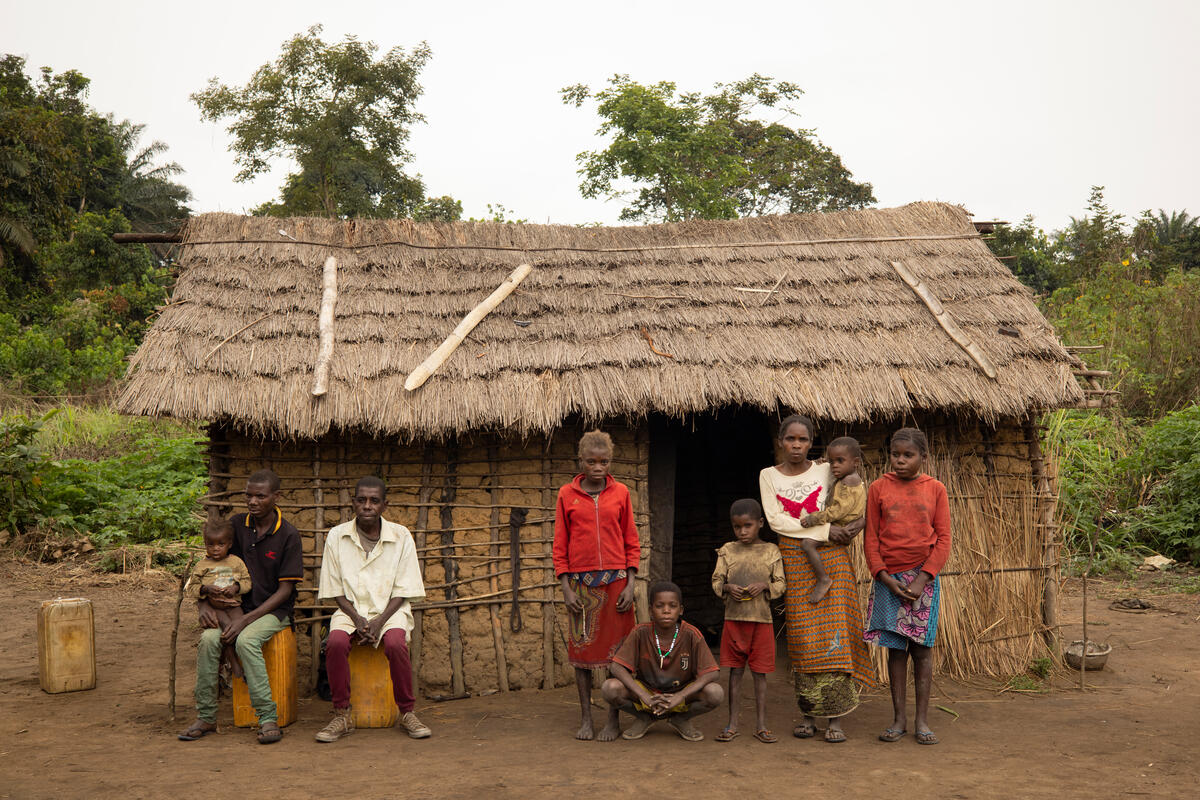Minorities and indigenous peoples
Minorities and indigenous peoples
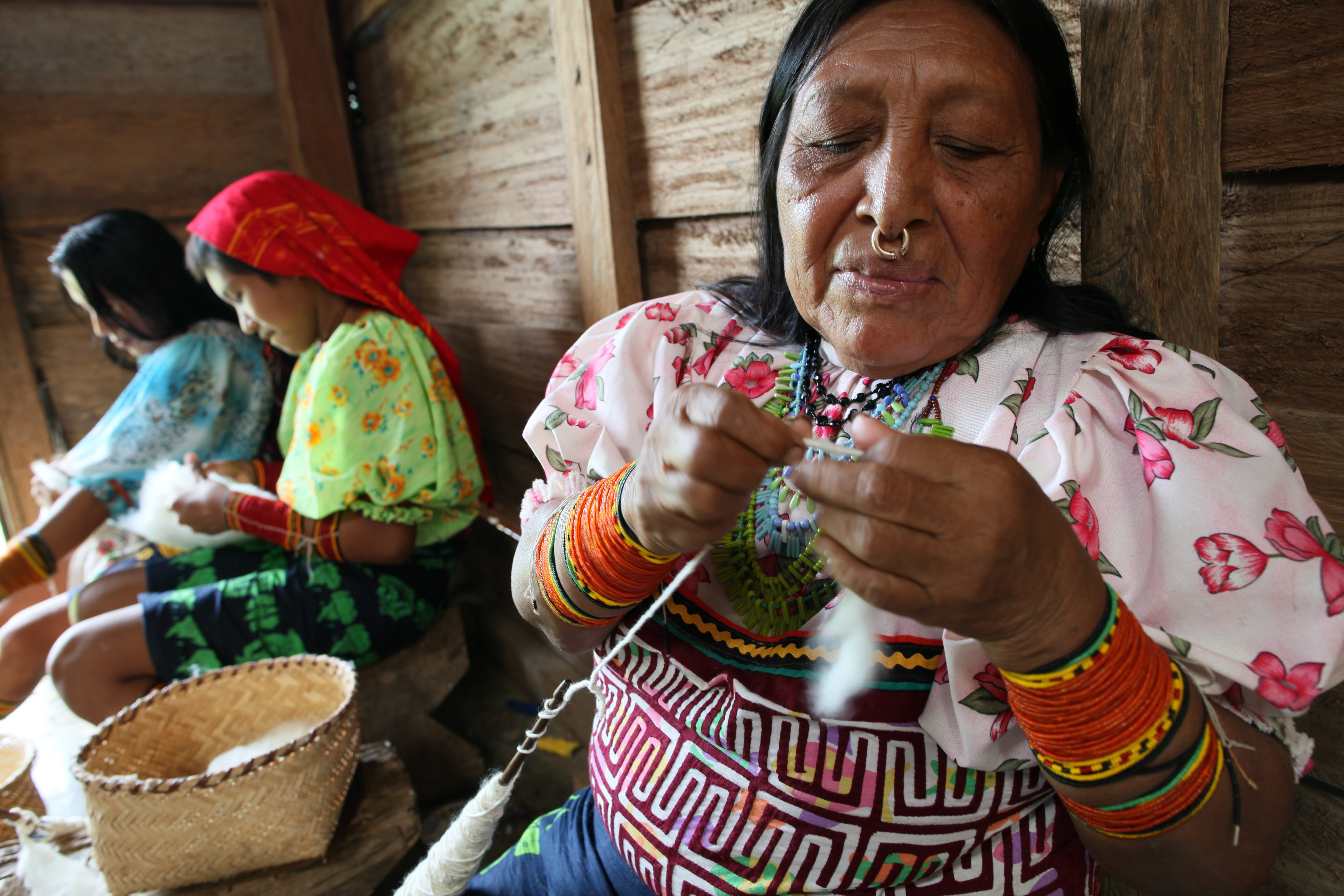
Minorities and indigenous peoples are often among the most marginalized communities in many societies: they are often excluded from participation in socio‐economic life, rarely have access to political power and frequently encounter obstacles to manifesting their identity. These obstacles are multiplied during forced displacement and the protection risks they experienced are exacerbated.
Refugees who are members of minorities or indigenous peoples are likely to be affected both by the immediate events leading to their displacement and by the long‑term legacy of discrimination. This amplified discrimination might affect some members of the community more than others, particularly women, children, persons with disabilities, older persons and Lesbian, Gay, Bisexual, Transgender and Intersex (LGBTI) persons.
At UNHCR, we work with governments, as well as local, regional and global actors to protect persons belonging to national, ethnic, religious and linguistic minorities and indigenous persons. Where possible, we engage with minorities and indigenous communities to support their efforts in maintaining their cultural heritage and identity, and ensure they have access to information and services, as well as opportunities to participate in decisions affecting them.
A minority is a national or ethnic, religious or linguistic group, fewer in number than the rest of the population, whose members share a common identity. Usually, minorities are non-dominant in comparison with majorities in the economic and political spheres of their country.
Indigenous people generally have a historical continuity with pre-invasion and pre-colonial societies that developed on their territories. Indigenous people often enjoy particular rights, including the right to practice customary law and the right to protect traditional knowledge, intellectual property and cultural heritage.
In many parts of the world, these groups can be victims of severe human rights violations, violence, conflict, ethnic or religious persecution and, in extreme cases, genocide. As a result, they are often left with no choice but to flee.
There is a possibility that displaced populations belonging to a majority in their country of origin may end up in a minority-like situation in asylum. Although such displaced populations will not suffer from the debilitating effects of past discrimination, they may now be at risk of exclusion and marginalization.
- Tip sheet on applying the UNHCR age, gender and diversity policy to Minorities & Indigenous Peoples
- List of all UNHCR Age, Gender and Diversity Accountability reports
- Statement of the AHC-P on "Preventing or Mitigating the Impact of Humanitarian Crises through Respect for Minority Rights"
- 'This is Our Home' – Stateless Minorities and their Search for Citizenship
- National Ethnic, Religious and Linguistic Minorities and Indigenous Peoples (UNHCR Emergency Handbook)
- UN Development Group Guidelines on Indigenous Peoples' IssuesLink is external (UN Development Group)
- Marginalised Minorities in Development Programming – a Resource Guide and ToolkitLink is external (UNDP)
- Minority and Indigenous Trends (MRG International, 2019)


